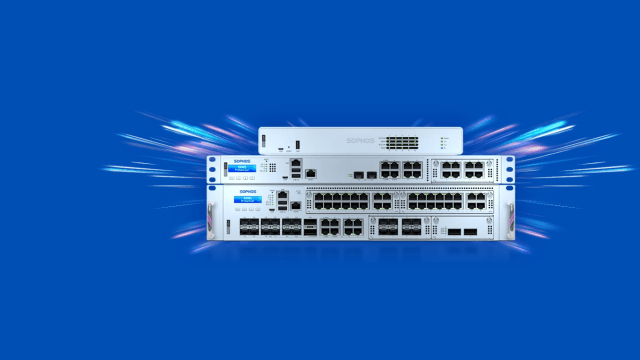Sophos Firewall hardening best practices – Sophos News
- November 4, 2024
- Posted by: sarahc
- Categories:

At Sophos, the commitment to security is paramount, particularly through the Sophos Firewall, which is continuously enhanced to counter evolving cyber threats. To strengthen security measures across all network infrastructures, irrespective of the vendor, regular review and implementation of security best practices are strongly recommended.
A critical first step in enhancing security is ensuring that the firmware of the Sophos Firewall remains current. Updates, including those released for Sophos Firewall v21, are crucial as they contain significant security improvements. Users are encouraged to check for firmware updates at least monthly and to deploy all updates, including maintenance releases, as these could contain vital security fixes. For organizations relying on minimal disruption, scheduling updates via Sophos Central is advisable. Additionally, adopting a high-availability deployment can allow for firmware upgrades without downtime.
Another key aspect of safeguarding the firewall is managing device service access. It is crucial to disable non-essential services on the WAN interface to minimize exposure to the Internet, particularly for HTTPS and SSH admin services. Sophos Central provides a secure remote management solution, while Zero Trust Network Access (ZTNA) is recommended for accessing network devices securely. Moreover, it is advisable to restrict admin access from the internal LAN to specific trusted IPs only and to keep remote user access through ZTNA or a hardened VPN configuration, only using the VPN when necessary.
In terms of account security, enforcing the use of strong passwords and multi-factor authentication (MFA) is essential. This combination protects against unauthorized access and mitigates risks from stolen credentials or brute-force attacks. Administrators should configure security settings to block repeated failed attempts, require strong passwords, and utilize role-based access control to minimize exposure further.
To minimize the risk of unauthorized access to internal systems, it is ideal to avoid exposing any device to WAN through Network Address Translation (NAT) rules. Regular audits of NAT and firewall rules are recommended to ensure no inadvertent inbound connections exist. Remote access should occur strictly through secure methods such as ZTNA or VPN, with a firm prohibition against exposing systems like Remote Desktop to the Internet.
Implementing adequate protection measures is also vital. Applying Intrusion Prevention System (IPS) inspection to incoming untrusted traffic through specific firewall rules can shield the network from exploits. Additionally, to counter denial-of-service (DoS) and distributed denial-of-service (DDoS) attacks, it is necessary to set and enable protections under intrusion prevention settings. Blocking traffic from regions outside the business’s operational zones can also prevent potential threats from unwanted sources.
Alerts and notifications play a critical role in proactive security management. The Sophos Firewall can be configured to notify administrators of system-generated events, ensuring timely responses to potential security issues. Notifications can be sent via email or SNMPv3 traps, and it’s essential to monitor both system and security events.
For continuous security improvement, users are encouraged to leverage Sophos Firewall’s Secure By Design initiative and consult available online resources, such as documentation and how-to videos. These tools provide essential guidance to maximize the utility and security of the Sophos Firewall.
In summary, maintaining an effective security posture with Sophos Firewall requires diligent firmware management, controlled access to services, robust authentication measures, minimal exposure of internal systems, comprehensive threat protection strategies, and an active alerting system—all of which contribute to mitigating risks and ensuring network integrity.
